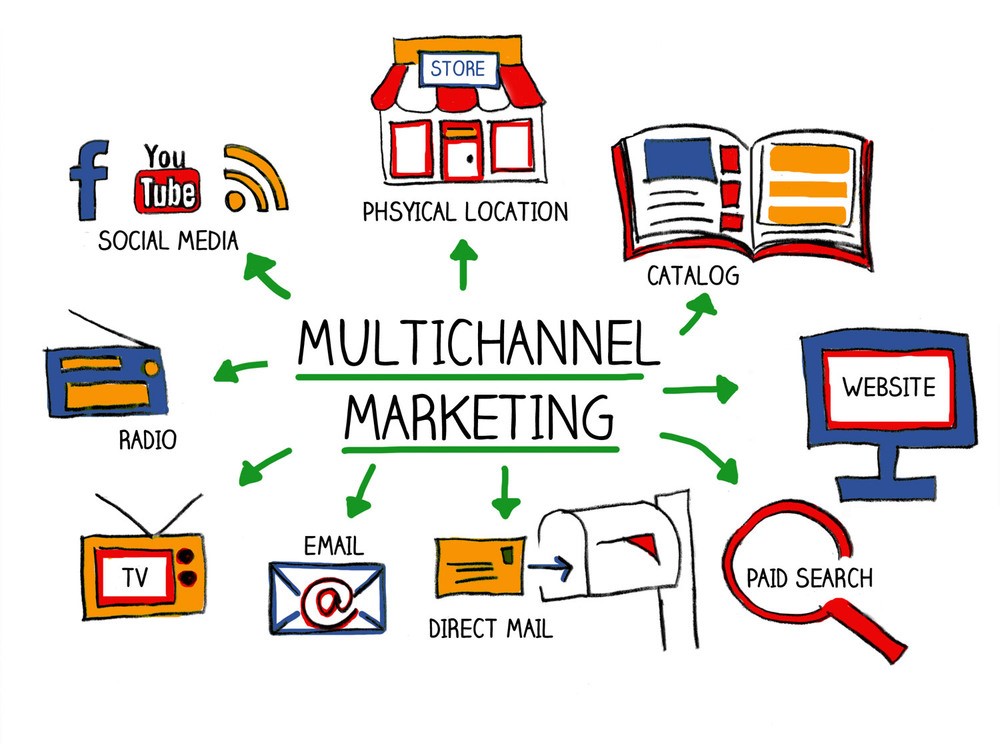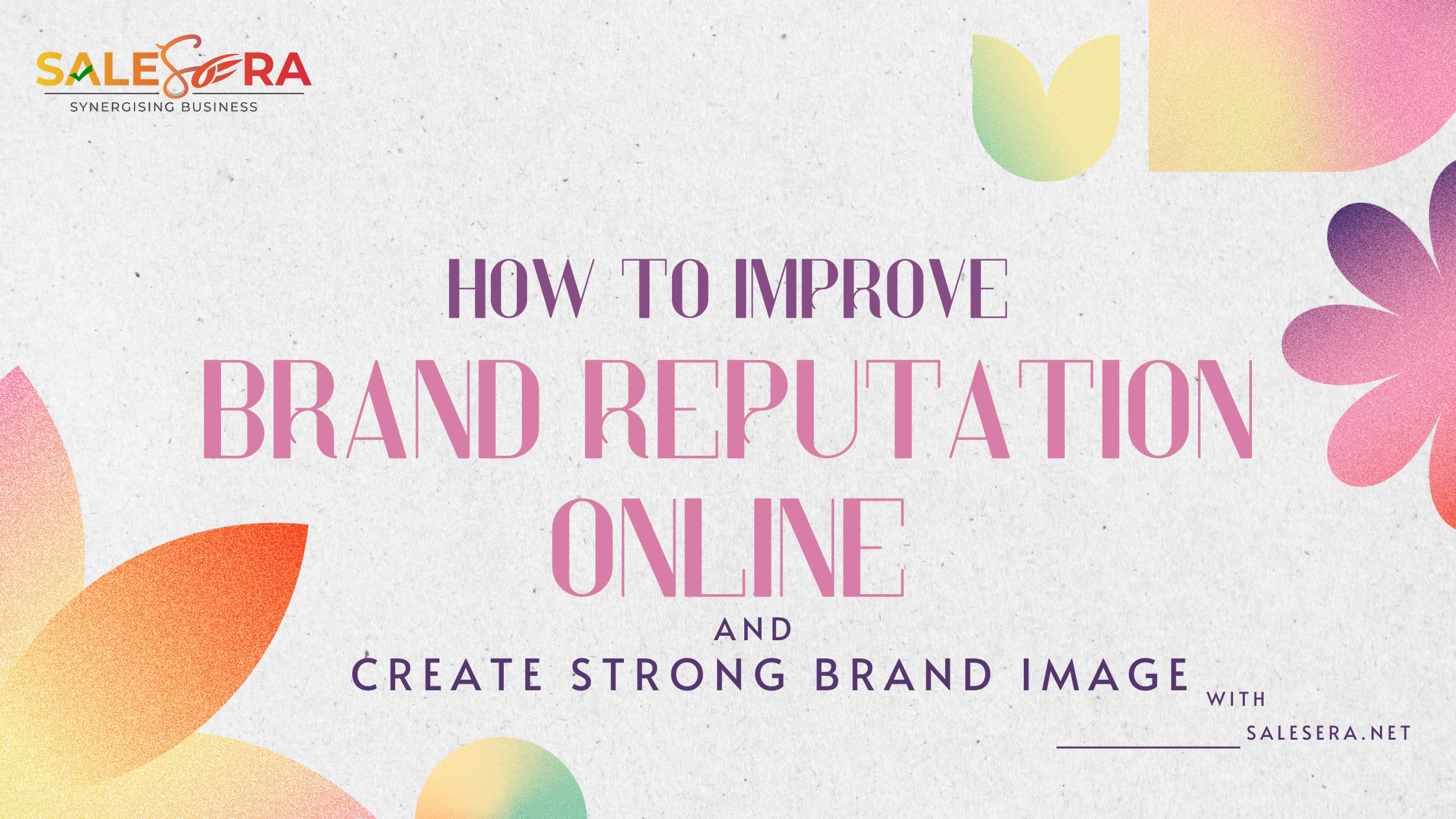In the world of business, effective lead nurturing can be the difference between capturing valuable customers and watching potential opportunities slip through the cracks. However, creating successful lead nurturing workflows doesn’t have to be an overly complex ordeal filled with corporate jargon. In this guide, we’ll break down the essentials of creating efficient lead nurturing workflows.
Understand Your Audience:
Before you start crafting any lead nurturing workflow, you need to know your audience inside out. Who are they? What problems do they face? What are their pain points and aspirations? Your nurturing content should resonate with your audience’s needs.
Example: If you’re selling software to small businesses, your audience may consist of overwhelmed entrepreneurs looking for time-saving solutions. Your content should focus on how your product can simplify their daily operations.
Define Clear Objectives:
Clearly define your goals for lead nurturing. Do you want to increase conversion rates, reduce churn, or boost customer engagement? Having specific objectives will help you tailor your workflow accordingly.
Example: If your goal is to reduce churn, your lead nurturing workflow might include regular customer check-ins, product update announcements, and personalized support resources.
Segment Your Leads:
Not all leads are created equal. Segment your leads based on criteria like demographics, behavior, and purchase history. This allows you to send highly targeted content that resonates with each group.
Example: Segmenting leads can mean sending different emails to new leads, returning customers, and those who have abandoned their shopping carts. Each group has different needs and interests.
Personalize Your Communication:
Personalization is key to effective lead nurturing. Address leads by their first name and tailor your content to their interests and pain points. People respond better to messages that feel customized.
Example: Instead of a generic greeting like “Dear Customer,” use “Hi [First Name], we noticed you’re interested in [Product/Topic].”
Content Relevance:
Ensure that the content you send aligns with where the lead is in the buying journey. Early-stage leads may need educational content, while late-stage leads might require product demos or pricing information.
Example: If a lead has just signed up for your newsletter, send them a series of informative articles to nurture their interest. If they’ve downloaded a product guide, follow up with a webinar invitation or a free trial offer.
Timely Follow-ups:
Timing matters in lead nurturing. Don’t let leads go cold. Set up automated follow-up sequences to keep your brand top of mind and maintain engagement.
Example: If a lead has shown interest in your product but hasn’t made a purchase, send a follow-up email a few days later with a limited-time discount offer to encourage them to take action.
Multichannel Approach:
Don’t limit your lead nurturing efforts to just one channel. Use email marketing, social media, content marketing, and even direct mail to reach your leads where they are most active.
Example: If a lead engages with your social media posts, consider sending them a personalized direct message or offering them exclusive content via email.
 Monitor and Adjust:
Monitor and Adjust:
Regularly analyze the performance of your lead nurturing workflows. Identify what’s working and what’s not. Be prepared to adjust based on data-driven insights.
Example: If you notice that a certain email in your nurturing sequence has a high open rate but a low click-through rate, try revising the content or the call-to-action to improve engagement.
A/B Testing:
Experiment with different elements of your nurturing workflows, such as subject lines, content formats, and send times. A/B testing can help you discover what resonates best with your audience.
Example: Test two different subject lines for an email and see which one gets a higher open rate. Use the winning subject line in future campaigns.
Measure ROI:
Ultimately, lead nurturing should contribute to your bottom line. Measure the return on investment (ROI) for your nurturing efforts to ensure they are generating value for your business.
Example: If you invested $1,000 in a lead nurturing campaign and it resulted in $5,000 in new sales, your ROI is 400%. Knowing this helps you evaluate the effectiveness of your workflow.
In conclusion
Creating effective lead nurturing workflows is all about understanding your audience, setting clear objectives, and delivering personalized, timely content. By following these straightforward steps and continually optimizing your approach, you can build relationships with your leads and convert them into loyal customers, all without drowning in corporate jargon.
![]()
![]()


![]()
![]()







